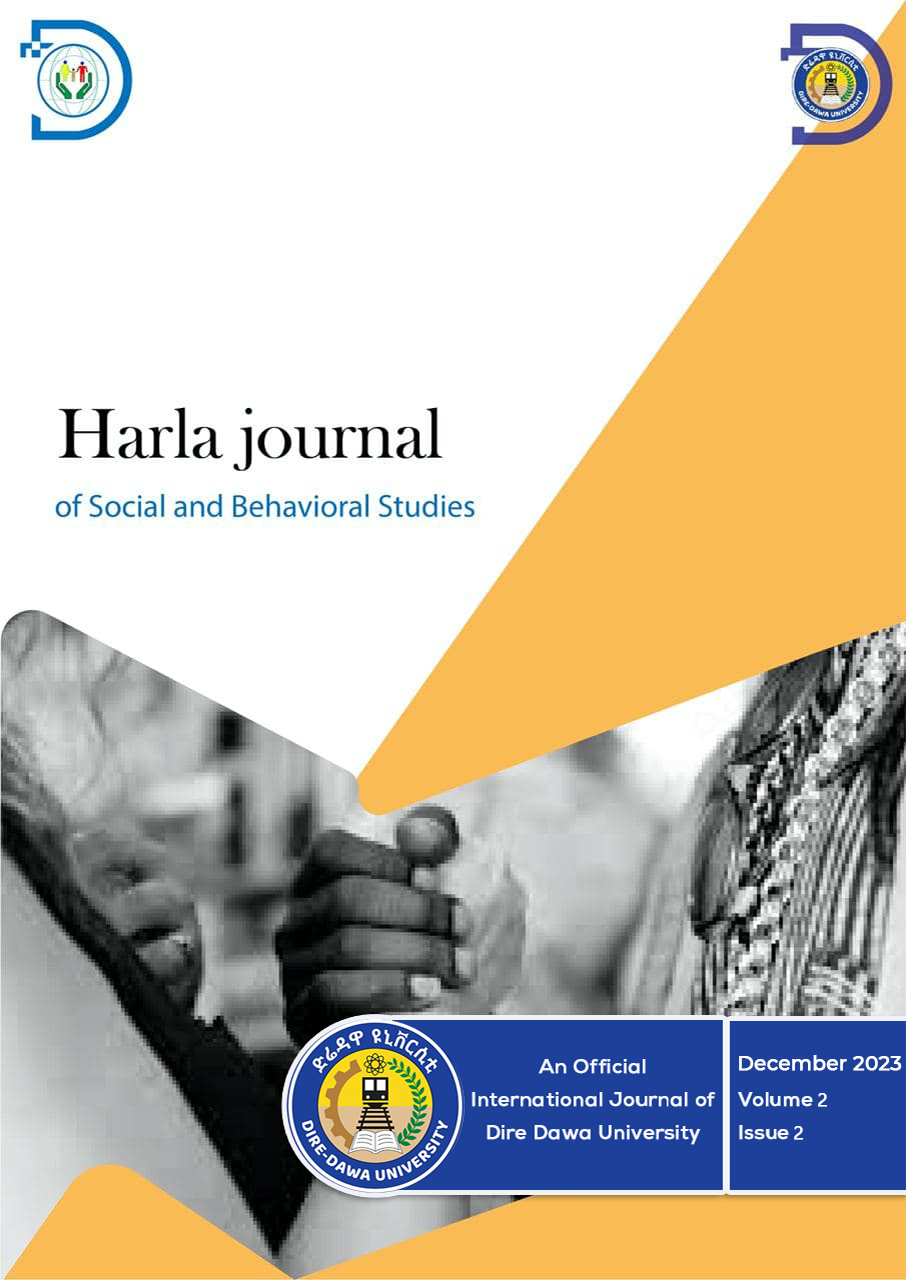Farmers coping and adaptation strategies to Climate variability in Central Highlands of Ethiopia
DOI:
https://doi.org/10.20372/hjsbs.v2i2.193Keywords:
Adaptation, Climate variability, Coping, FarmersAbstract
Farmers in the central highlands of Ethiopia face increasing challenges from declining rainfall and reduced crop productivity. This study examined the coping and adaptation strategies employed by farming households in response to rainfall variability and yield reduction, and identified key factors shaping these responses. A survey of 138 randomly selected farmers from three kebeles in Merhabete woreda was conducted using structured questionnaires, complemented by key informant interviews and focus group discussions. Results showed that farmers adopted multiple strategies, including cultivating short-maturing crops, crop diversification and intercropping, storing harvests, practicing small-scale irrigation, reducing livestock numbers, changing livestock types, rainwater harvesting, selling firewood and charcoal, seasonal migration, reducing meal frequency, borrowing grain, selling livestock, and renting land. Farmers with better access to resources, credit, climate information, agricultural technologies, and disaster preparedness were more likely to implement these strategies effectively. Major barriers to adaptation included lack of irrigation land, poverty and land scarcity, limited administrative support, feed and forage shortages, inadequate agricultural inputs, and insufficient climate information. These constraints weaken farmers’ adaptive capacity, underscoring the need for targeted interventions and supportive policies to strengthen resilience to climate variability in the region.
Downloads
Published
How to Cite
Issue
Section
License
Copyright (c) 2023 Harla Journals and Author(s)

This work is licensed under a Creative Commons Attribution-NonCommercial 4.0 International License.






